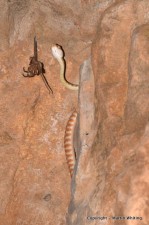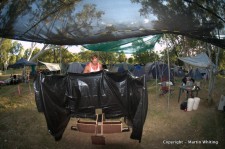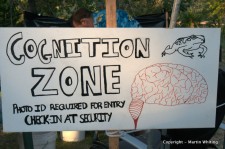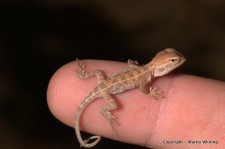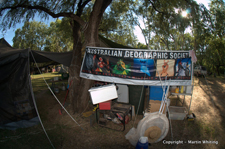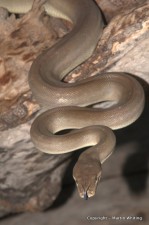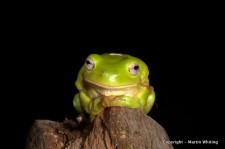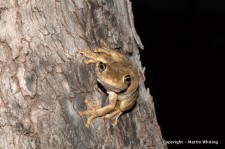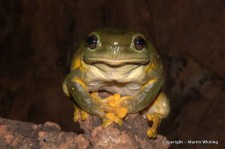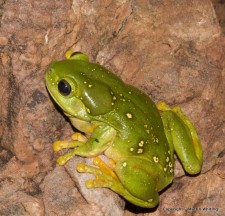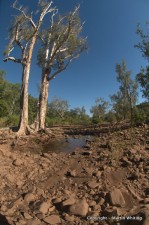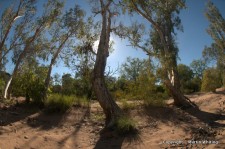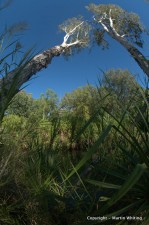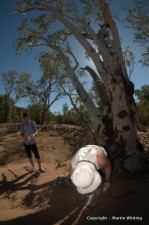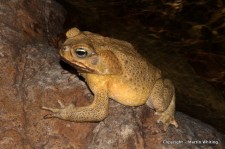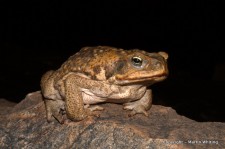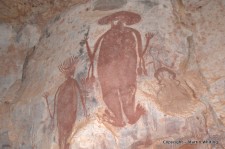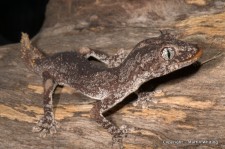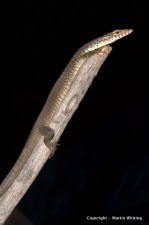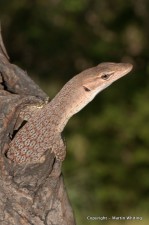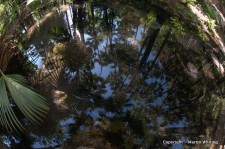The Kimberley in Western Australia is a vast expanse of wilderness, famous for its pristine gorges and unique fauna. It’s also home to the highest species richness of goannas—up to 10 are sympatric in some areas. Sean Doody (University of Tennessee and Newcastle), Simon Clulow (University of Newcastle) and Colin McHenry (Monash University) have been working on various projects in the Kimberley over the past five years. They are also spear-heading the Kimberley Ark Gene Project, an endeavour to generate some genetic insurance for the at-risk fauna currently experiencing negative impacts from the cane toad.
This year Australian Geographic sponsored an expedition to El Questro Wilderness Park, for the third consecutive year, through the valuable assistance of paid volunteers. The aim of this work is to continue monitoring biodiversity in light of the toad’s recent arrival in the Kimberley and to assess the toad’s impact on the local fauna. This year the toad is locally abundant at EQ and already there appears to be fewer goannas.
I’m interested in the idea that part of the toad’s success is because of behavioural flexibility—the ability of an animal to deal with novel problems or deal with existing problems in a novel way. We have been testing the toad’s ability to deal with problems in multiple cognitive domains and we are particularly interested in differences between toads at the invasion front compared to toads from the invasion source. Cognitive testing in the lab can be time consuming, but nevertheless represents a controlled environment. This year we took the novel approach of testing spatial learning in a T-maze. We are currently testing for sex and age differences in learning ability using water as a reward. Once toads make 7 of 9 correct choices they graduate and are then put on a reversal in which the location of the reward is switched to the other arm of the maze. Interestingly, there is quite a bit of variation among toads in the speed with which they learn this task. Expect more updates on this in the future. In the mean time I can report that toads learn in mazes and are capable of reversals. I won’t give away the key findings just yet…
A few photos are posted below, but view an album from our field trip on our Flickr site
- Boiga irregularis
- A maze for young toads!
- The Cognition Zone!
- Security at the Cognition Zone.
- Diporiphora sp
- Australian Geo camp at El Questro Station
- The El Questro turn-off
- Fluorescent powder tracking
- Liasis olivaceus
- Litoria caerulea
- Litoria rothii
- Litoria splendida
- Litoria splendida
- Pentecost River El Questro Station
- Pentecost River El Questro Station
- Pentecost River El Questro Station
- Pentecost River El Questro Station. Looking for goannas!
- Cane toad (Rhinella marina)
- Cane toad (Rhinella marina)
- Rock art Chamberlain Gorge
- Strophurus ciliaris
- Varanus mitchelli
- Varanus tristus
- Zebedee Springs

